Market Share
Trade Surveillance Systems Market Share Analysis
In the competitive landscape of the Trade Surveillance Systems market, companies employ strategic market share positioning strategies to establish a robust presence and gain a competitive edge. One key strategy is differentiation, where companies seek to distinguish their surveillance systems from competitors by offering unique features, advanced analytics, and enhanced capabilities for detecting market abuses. By emphasizing innovation, adaptability, and the ability to stay ahead of evolving regulatory requirements, companies aim to carve out a niche and attract a discerning customer base, ultimately enhancing their market share.
Strategic partnerships and collaborations play a crucial role in market share positioning in the Trade Surveillance Systems sector. Companies often form alliances with technology partners, regulatory bodies, or industry leaders to enhance the functionality and compliance capabilities of their surveillance systems. Collaborations enable the development of comprehensive and integrated solutions that address a broader spectrum of surveillance needs. This strategy not only expands the range of services but also positions companies as leaders in providing holistic, end-to-end surveillance solutions, thereby increasing their market share.
Acquisitions and mergers are impactful strategies employed by companies to bolster their market share in the Trade Surveillance Systems market. Through strategic acquisitions, companies can gain access to cutting-edge technologies, talent pools, or niche markets. Merging with or acquiring competitors allows companies to consolidate resources, eliminate redundancies, and strengthen their overall market position. This strategic move is particularly effective for companies seeking rapid expansion and market dominance in a highly competitive environment.
A customer-centric approach is pivotal for securing and expanding market share in the Trade Surveillance Systems sector. Companies that prioritize understanding and meeting the unique needs of their customers can build strong and lasting relationships. Offering customizable solutions, providing excellent customer support, and continuously enhancing products based on customer feedback contribute to customer satisfaction and loyalty. A satisfied customer base not only drives repeat business but also serves as a valuable asset in attracting new customers through positive testimonials and referrals, ultimately expanding market share.
Price positioning is a crucial strategy that companies employ to gain a competitive advantage in the Trade Surveillance Systems market. Some companies focus on offering cost-effective solutions to appeal to budget-conscious financial institutions, aiming to capture market share by providing value for money. Others position themselves as premium providers, emphasizing advanced features, superior analytics, and dedicated support services. By strategically determining their price positioning, companies can cater to specific market segments and optimize their market share based on the perceived value of their surveillance offerings.
Investment in research and development is a strategic imperative for companies aiming to maintain or expand their market share in the rapidly evolving Trade Surveillance Systems market. The introduction of new algorithms, machine learning models, and innovative features keeps surveillance solutions competitive and aligned with the evolving needs of financial institutions. By staying at the forefront of technological advancements, companies can differentiate themselves, attract new customers, and solidify their market share.
Geographical expansion is a market share positioning strategy often employed by companies looking to tap into new markets and regions. By understanding the unique regulatory requirements and financial market dynamics of different geographic areas, companies can tailor their Trade Surveillance Systems to meet specific local needs. This strategy allows companies to diversify their customer base, reduce dependency on specific markets, and position themselves as global leaders in the trade surveillance space.
The focus on interoperability and integration with other financial systems is a pivotal market share positioning strategy. Trade Surveillance Systems need to seamlessly integrate with trading platforms, risk management systems, and regulatory reporting tools to provide a comprehensive surveillance ecosystem. The ability to aggregate and correlate data from multiple sources enhances the effectiveness of surveillance efforts, positioning companies as providers of interconnected and interoperable solutions, ultimately contributing to market share growth.


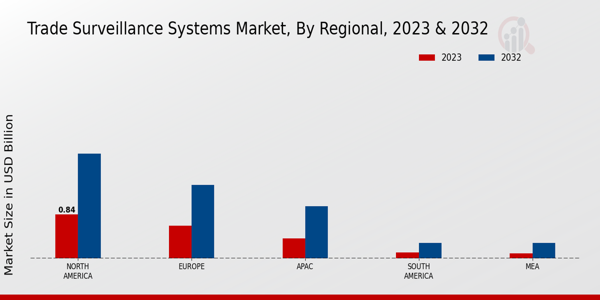
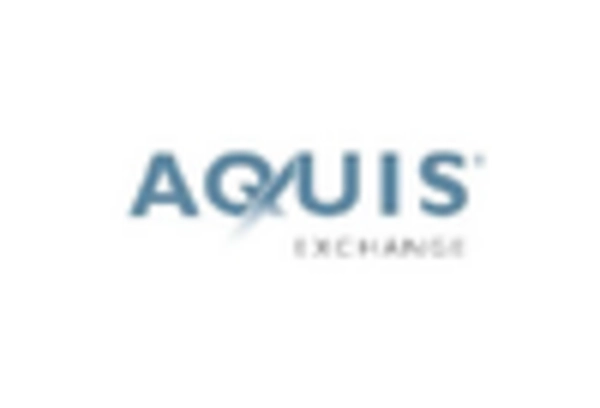
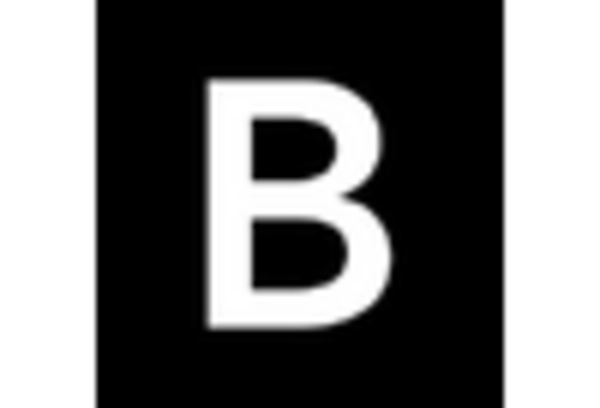

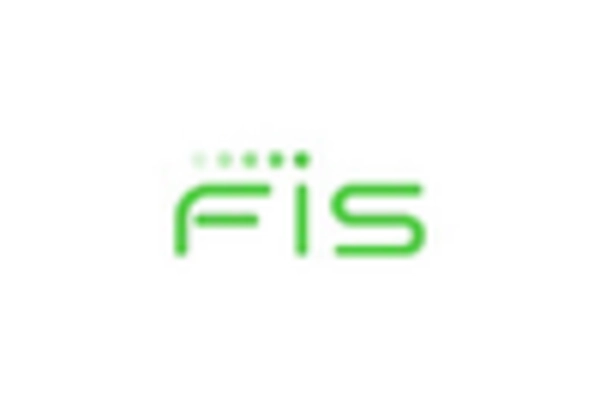

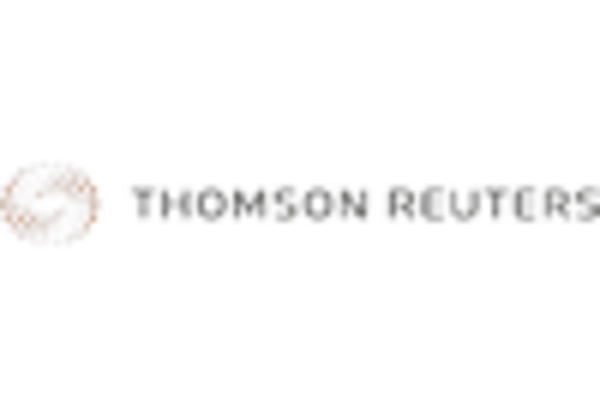









Leave a Comment